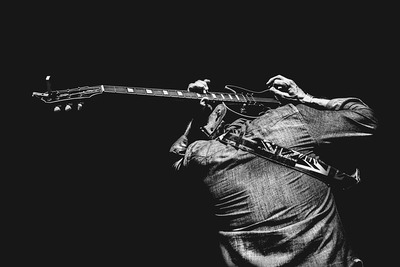Classical guitars, known for their rich, warm tones and nylon strings, have a storied history and a variety of types to suit different playing styles and preferences. Whether you’re a seasoned classical guitarist or a beginner, understanding the different types of classical guitars can help you make an informed choice. In this article, we’ll explore the main types of classical guitars, their unique features, and what makes each one special.

1. Standard Classical Guitar
Overview:
The standard classical guitar is the most common type, featuring nylon strings and a wide neck. It’s the go-to instrument for traditional classical music and offers a versatile sound suitable for various styles.
Features:
- Nylon Strings: Provide a soft, mellow tone ideal for classical and flamenco music.
- Wide Neck: Allows for easy fingerpicking and intricate fingerstyle playing.
- Body Shape: Typically has a rounded, resonant body that produces a warm sound.
Best For:
- Classical music
- Fingerstyle playing
- Flamenco
2. Flamenco Guitar
Overview:
Flamenco guitars are similar to classical guitars but are designed specifically for the fast, rhythmic style of flamenco music. They have a distinct construction that offers a brighter, punchier sound.
Features:
- Nylon Strings: Similar to classical guitars but often with a lower action to facilitate fast playing.
- Body Construction: Lighter and thinner than standard classical guitars, often with cypress or sycamore wood.
- Golpeador (Tap Plate): A protective plate on the body to withstand the percussive taps from the player’s fingers.
Best For:
- Flamenco music
- Rhythmic and percussive playing
3. Cutaway Classical Guitar
Overview:
Cutaway classical guitars feature a cutaway in the body, allowing easier access to higher frets. This design is ideal for players who need to reach higher notes for more complex pieces.
Features:
- Cutaway Design: Provides access to higher frets for advanced playing techniques.
- Nylon Strings: Maintain the classic sound while offering versatility for modern compositions.
- Versatility: Suitable for a variety of genres beyond traditional classical music.
Best For:
- Advanced classical music
- Modern and contemporary compositions
4. Electro-Classical Guitar
Overview:
Electro-classical guitars combine the traditional features of classical guitars with built-in electronics for amplification. They are perfect for live performances and recording sessions where amplification is needed.
Features:
- Built-in Electronics: Includes pickups and preamps for plugging into amplifiers and sound systems.
- Nylon Strings: Preserve the traditional sound while allowing for amplified performances.
- Cutaway Option: Often available with cutaway designs for easier access to higher frets.
Best For:
- Live performances
- Recording sessions
- Amplified classical and flamenco music
5. Parlor Classical Guitar
Overview:
Parlor classical guitars are smaller in size, making them more portable and comfortable for smaller players. They have a distinct, intimate sound that’s perfect for solo performances and small settings.
Features:
- Compact Size: Smaller body and neck for ease of playability.
- Nylon Strings: Provide a warm, mellow tone in a more compact form.
- Distinct Sound: Offers a more intimate and focused sound compared to larger classical guitars.
Best For:
- Travel and portability
- Smaller players
- Intimate performances
6. Crossover Classical Guitar
Overview:
Crossover classical guitars are designed to bridge the gap between classical and acoustic guitars. They feature a narrower neck and other modern features to cater to players who switch between styles.
Features:
- Narrower Neck: Easier for players transitioning from steel-string acoustic guitars.
- Nylon Strings: Maintain the traditional classical sound.
- Modern Features: May include cutaways and built-in electronics.
Best For:
- Players transitioning from acoustic guitars
- Versatile playing styles
- Modern and classical music fusion
Conclusion
Classical guitars come in various types, each catering to different playing styles and musical preferences. From the traditional standard classical guitar to the modern crossover classical guitar, there’s an instrument for every classical guitarist. Understanding the unique features and best uses for each type can help you choose the perfect guitar for your needs, enhancing your playing experience and musical journey.
Whether you’re drawn to the fast, rhythmic flair of flamenco or the versatile, amplified sounds of an electro-classical guitar, exploring these different types of classical guitars will broaden your appreciation and skill as a guitarist. Happy playing!







